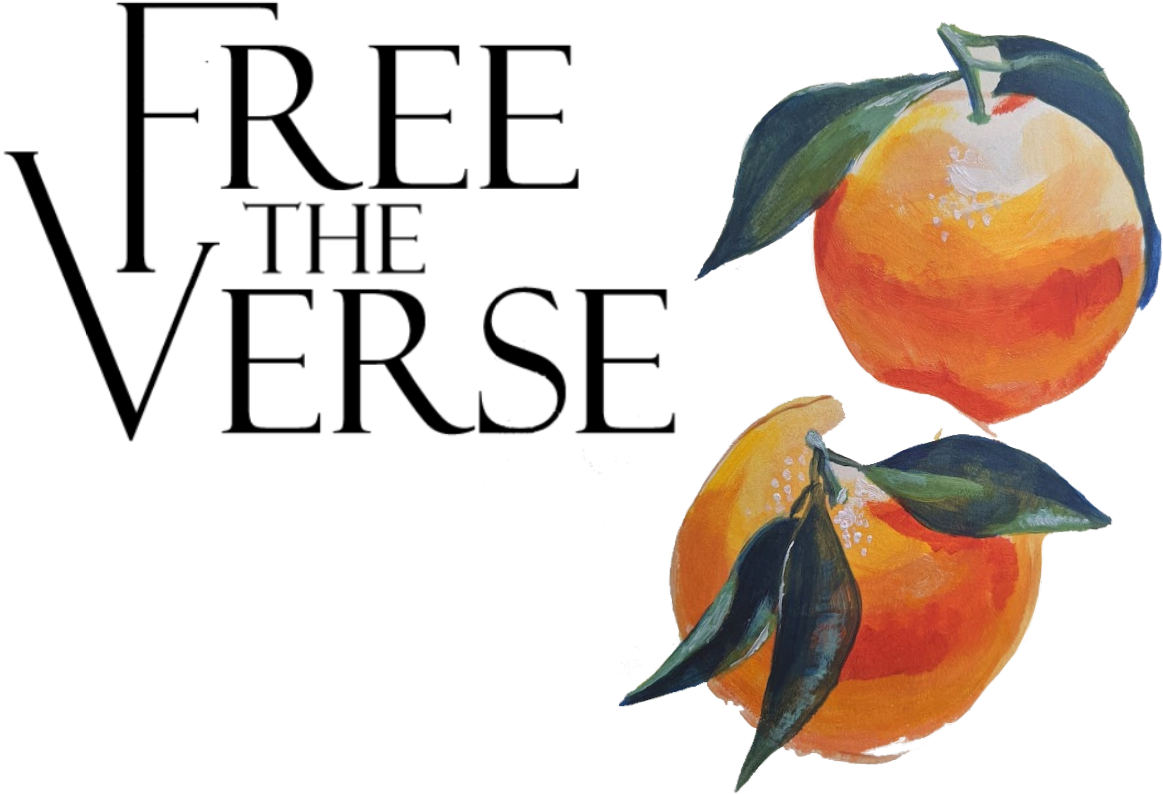Liz Swanson on ‘Instructions’
Liz Swanson is an Associate Professor of Architecture who has been teaching at the University of Kentucky since 2001. Her projects span a variety of scales and media, and represent a lifelong love of drawing, painting, collage, poetry, and mixed media in 2- and 3-dimensions. Her work centers on drawing as a physical and psychological process of construction that reveals and directs the social, cultural, political and spiritual aspects of the human experience. She is fascinated by the many ways that line, color, and materials influence the reading of form and space.
Tell us about your introduction to poetry.
I began exploring poetry as a young child and was always interested in finding ways of translating my lived experience into various types of written and visual expression, but it wasn’t until college that I was introduced to the study of poetry as a structured artform. I was fascinated by the compositional rules and rhythm that govern specific forms, and the many ways that poets played with these conventions to invent new, unexpected outcomes.
What is a core theme of ‘Instructions’, and what called you to write about it?
At its heart, ‘Instructions’ is a love note to my children. It was written in June of 2020 at the height of the pandemic’s uncertainty and isolation, and I was contemplating the magnitude of global grief and collective loss that surrounded our daily life. I was trying to create a home-world for them that could remain a calm and loving refuge, and I was feeling very grateful for the ordinary moments I’d previously taken somewhat for granted.
At the same time, I was working on a series of large, mixed media artworks that documented my experience of the many social and political traumas in our post-Trump America, and it occurred to me that one day I’d want to explain the meaning of this tumultuous period to my kids. I wrote this poem as a companion to these artworks, all of which are a kind of cryptic instruction for how to remain resilient despite the world’s cruelty—a message for their future that I hope will help them protect their sense of wonder and love of being alive.
Tell us about the experience of writing this poem.
During that unique summer, I was enormously lucky to be a part of a 5-week writing workshop led by Sabrina Orah Mark, author of Happily in the Paris Review. I was one of 8 people, all of whom were incredibly open and supportive in sharing their work and offering feedback on mine. One participant suggested I try my hand at a number of poetic forms I hadn’t yet explored, including the pantoum. While I’m not sure ‘Instructions’ follows all its specific rules, I was intrigued by the impact of repetition and how the meaning of words can change as the progression of verse evolves.
Where do you find inspiration?
Everywhere! I’d say I’m almost constantly inspired—by nature, by architecture, by art and design, and by the creativity of the people in my life. I’m inspired by good friends who see the beauty and wonder of life, and those who are driven by a sense a service. I’m also inspired my own belief that the extraordinary spirit of the Universe is often revealed in ordinary things—which moves me to slow down and look closely in appreciation of the everyday.
You have an idea for a poem. What happens next?
As an avid journal-keeper, I’d probably start there. But there’s also a high probability I might just start speaking it aloud because so much of poetry relies on the spoken word. I hadn’t thought about this before, but your question is making me realize that talking—whether others are around or not—is a huge part of my writing process. I love voice memos for this reason—but it’s not uncommon for my husband to ask, “are you talking to me, or yourself?” because I’m so often talking to myself about ideas I’m working on!
Where do you find community in poetry?
For me, poetry has always been a very private pursuit. For much of my life, I’ve rarely shared my creative writing but in recent years have enjoyed letting more of my written work into the world. Much of this has been inspired by women I admire who so fearlessly share their experience outward: people like Christine Marie Mason, whose astonishing work centers on empowering the feminine; and Hannah Fenster, an incredible poet and collaborator living in Baltimore whose writing always leaves me in total awe.
Is there a poem you read over and over again?
Yes. Keeping Things Whole by Mark Strand. Rarely a year goes by that I do not read or share this poem with someone new.
Do you have a favourite poet?
I do love Strand’s work and the way he avoids adjectives in favor of juxtaposing nouns. There’s something incredibly architectural about his construction of meaning—it’s all about placement and adjacency over fussy ornamentation. I think this what I love about my other favorite poet, Dean Rader. His work is so direct and elemental, yet alchemical—there’s something magical about a writer who can organize seemingly simple words such that a deep, dreamy and densely layered world emerges.
What advice would you give to someone new to poetry?
Don’t worry. Just enjoy.
Why do you think poetry is important?
Poetry, like all artforms, is an avenue for self-discovery and deepening our connection to the world and those in it. Creativity is at the heart of humanity, and so engaging in any creative act serves as a portal toward deeper consciousness and empathy. Whether by writing or reading it, poetry offers insight into what it means to be human.
Where can people find you and your work?
People can find me in Lexington, Kentucky where I’m a practicing artist and Associate Professor of Architecture. I’m also at www.lizswanson.com, where collections of my work are gathered online.
You can read Liz’s poem here.


